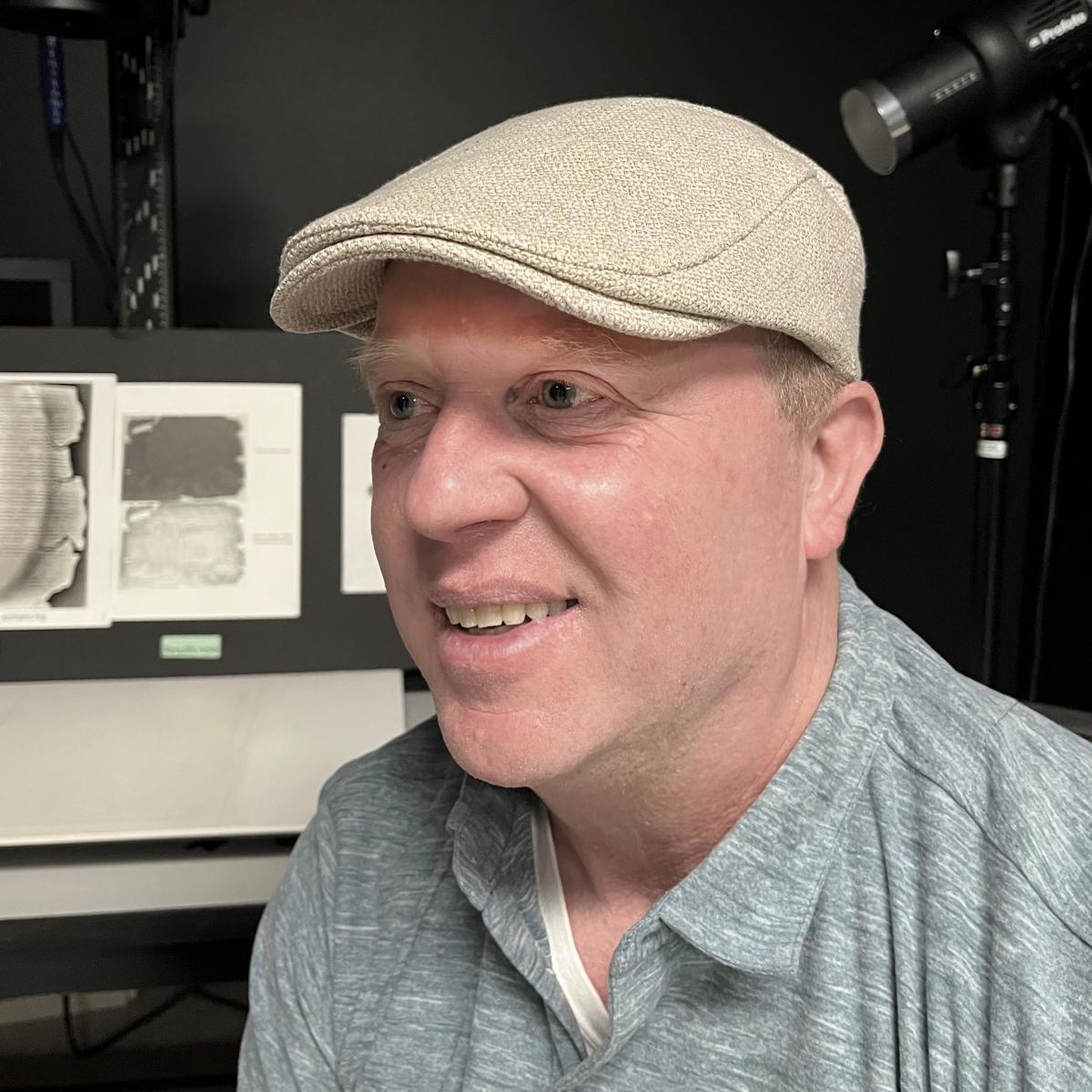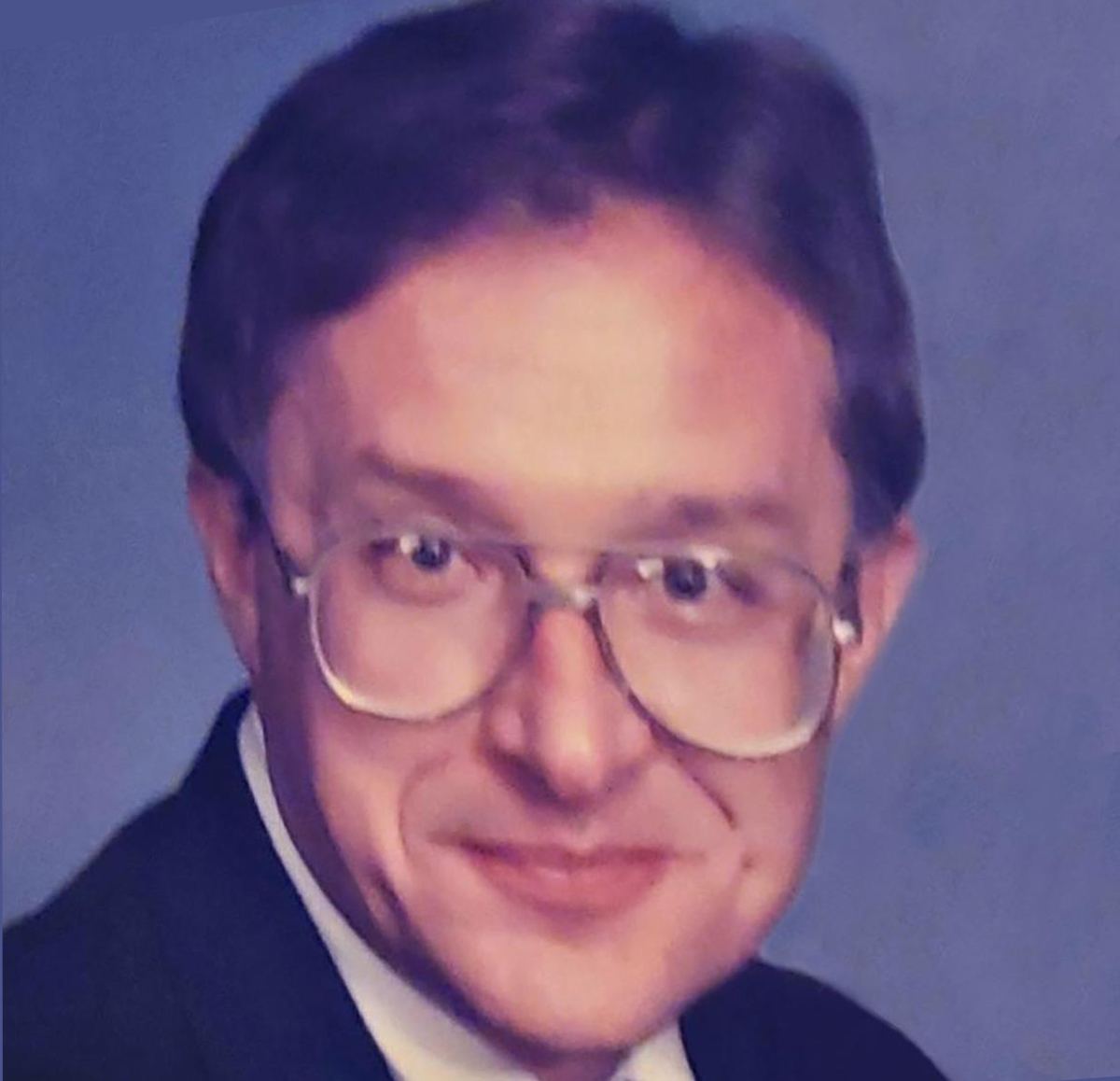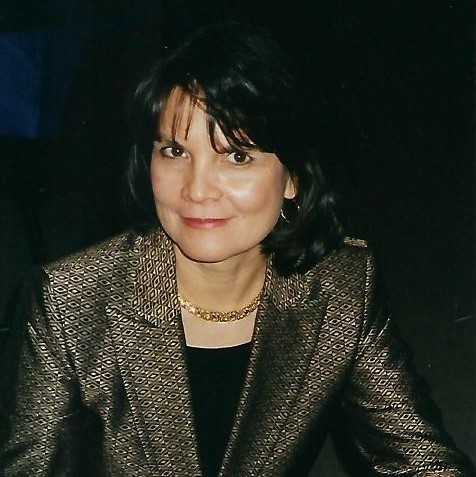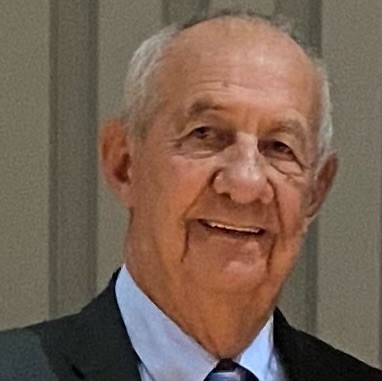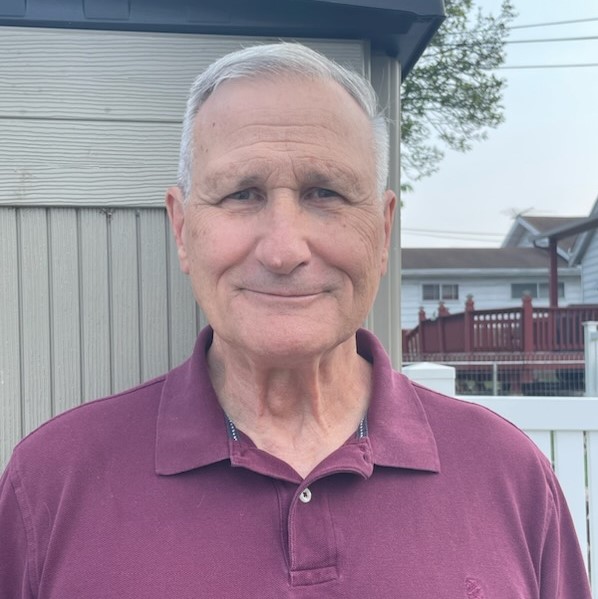
National Personnel Records Center Oral Histories
Fifty years ago on July 12, 1973, a fire broke out in the National Personnel Records Center (NPRC) in St. Louis, MO, that destroyed approximately 16–18 million Official Military Personnel Files. The General Services Administration, the National Archives’ parent organization at the time, owned the building, which was also occupied by several other military and civilian agencies. National Archives staff at the NPRC staff serviced the records, which were owned by the Department of Defense. The records were originally deemed temporary, but in 2004 they were made permanent and came into the legal custody of the National Archives.
For the 50th anniversary of the fire, the National Archives gathered oral history interviews with staff and former staff with special insight to the fire and its aftermath. Interviews explore immediate and long-term preservation efforts, records management issues, and efforts to ensure veterans have access to their records. As additional interviews become available, they will be added to this web page.
Disclaimer: The views presented in these oral history interviews are those of the participants and not of the National Archives and Records Administration or the U.S. Government.
National Personnel Records Center Oral History Interviews
Glossary of Commonly Used Terms:
1 Archives Drive: Current location of the National Archives at St. Louis and the National Personnel Records Center.
111 Winnebago Street: Former location for the National Personnel Records Center (Civilian Records).
9700 Page Avenue: Location of the National Personnel Records Center building where the fire occurred.
Archives I: The National Archives Building, Washington, DC.
Archives II: The National Archives at College Park, MD.
Auxiliary Records: Series of records used to reconstruct basic military service information.
Bays: Records storage spaces.
B-Files: Burned files.
Core: Correspondence and reference team.
DD-214: A Department of Defense form that serves as the subject’s Official Notice of Separation from the military.
Federal Records Center: A temporary storage facility for records that are needed infrequently by the creating agency but are not yet eligible for disposal or transfer to the National Archives. Records stored in a records center remain in the legal custody of the creating agency.
National Archives at St. Louis: Holds permanent archival civilian and military personnel records.
Official Military Personnel File (OMPF): A primarily administrative record containing information about the subject’s military service history.
Persons of Exceptional Prominence (PEP): Records documenting the military service of Presidents, members of Congress and the Supreme Court; famous military leaders, decorated heroes, celebrities, and other cultural and historical figures.
Permanent Record: Federal records that the National Archives has determined to have sufficient value to warrant their preservation indefinitely.
Temporary Record: Federal records that the National Archives has determined to have insufficient value to warrant permanent preservation. Approximately 95 to 98 percent of all federal records are temporary.
Tent City: Erected on the NPRC grounds to sort and rehouse recovered records.


